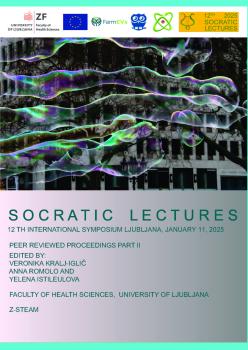Polymer Materials in Orthotics and Prosthetics
Kratka vsebina
Polymer materials play a crucial role in the design and fabrication of orthotic and prosthetic devices, enhancing functionality, comfort, and aesthetics and thus significantly impacting patient mobility and quality of life. Their versatility, characterized by lightweight properties, biocompatibility, and customization potential, has transformed the field, particularly with the introduction of advanced manufacturing techniques such as 3D printing. Polymer materials are classified into thermoplastics, thermosetting plastics, specialty polymers, composites, and foams, each serving specific mechanical and structural functions. Thermoplastics enable reshaping during fittings, while thermosetting plastics provide necessary rigidity. High-performance materials like polyether ether ketone (PEEK) and carbon fiber composites offer superior strength and lightweight benefits, making them ideal for advanced applications. The integration of smart technologies further enhances prosthetic functionality, allowing for adaptive and responsive designs. However, challenges remain, including material durability, manufacturing waste, and economic barriers to adopting novel technologies. Research efforts focus on developing biodegradable and smart materials to improve sustainability and performance. The continued evolution of polymer materials in orthotics and prosthetics is poised to drive innovation, offering more effective and patient-centered solutions for individuals with mobility impairments.
Prenosi
Pages
Najavljeno
Kategorije
Licenca

To delo je licencirano pod Creative Commons Priznanje avtorstva-Deljenje pod enakimi pogoji 4.0 mednarodno licenco.


